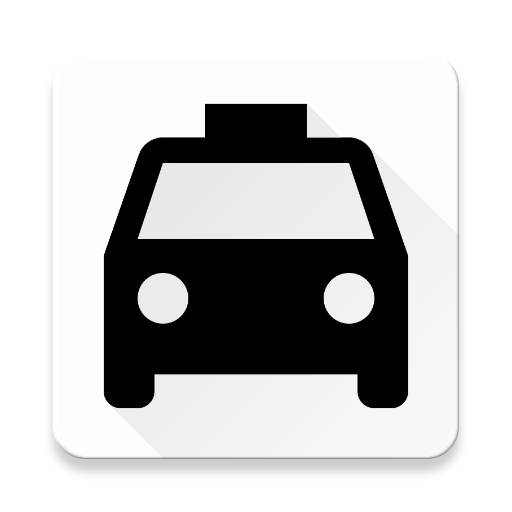We made it to the end of Winter Quarter with a successful demo to our professor.
We were able to successfully control the drone, take a picture onto the drone’s SD card, download that image onto the mobile phone’s storage, and upload it to a server via an HTTP Post.
Picture Taking
We utilized the DJI SDK API and expanded upon it to save an image onto a known location for further processing. We encountered many difficulties with establishing the connection, but it’s working now.
Picture Transfer
The Android App successfully runs a media scanner on the DJI Phantom 3’s SD card and transfers it to the Android App.
Picture Upload
The Android App successfully uploads the image to a server via an HTTP Post.
Server
Currently the server is an Ad-Hoc network setup from one of our computers. It reads the incoming image feed, processes it, and performs database analysis and storage. Post analysis of the image, the server stores the image itself, the captured license plate, the latitude/longitude, and the timestamp of the image.
Known Issues
- The captured image isn’t indexed by the Android device, but we confirmed that it indeed gets stored onto the phone storage. We can upload the image from that known not-indexed location. Because of this indexing issue, you can’t see the image in the gallery, but you can see it with more robust file explorer apps.
- We currently don’t query the DJI Phantom 3 for the longitude & latitude of the captured image’s location. We also currently don’t post the timestamp of the image. Currently those are hard-coded, but will later be fixed to reflect actual coordinates and timestamps.




 pictures. The mobile and server teams will be working largely in concert with one another for this.
pictures. The mobile and server teams will be working largely in concert with one another for this.